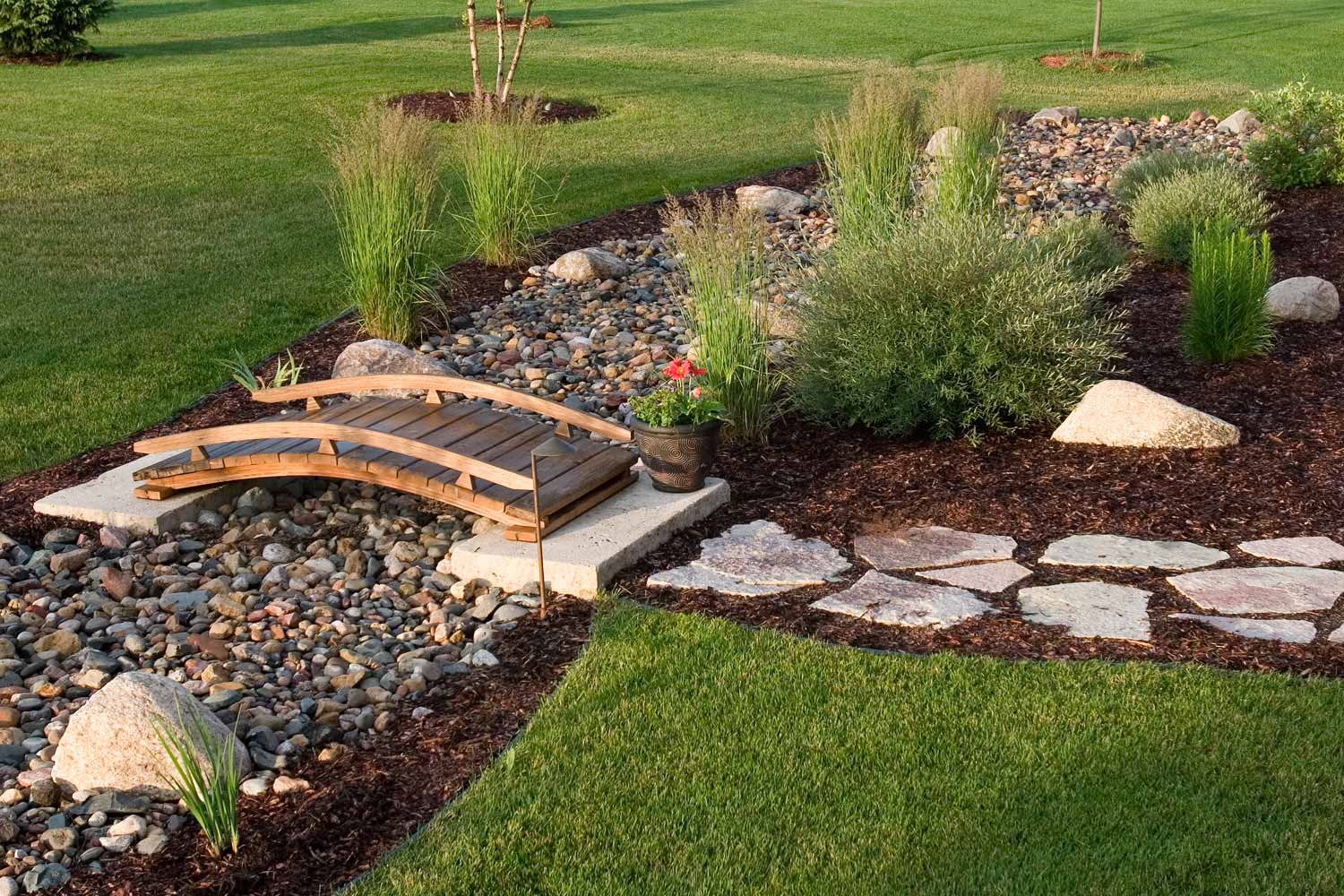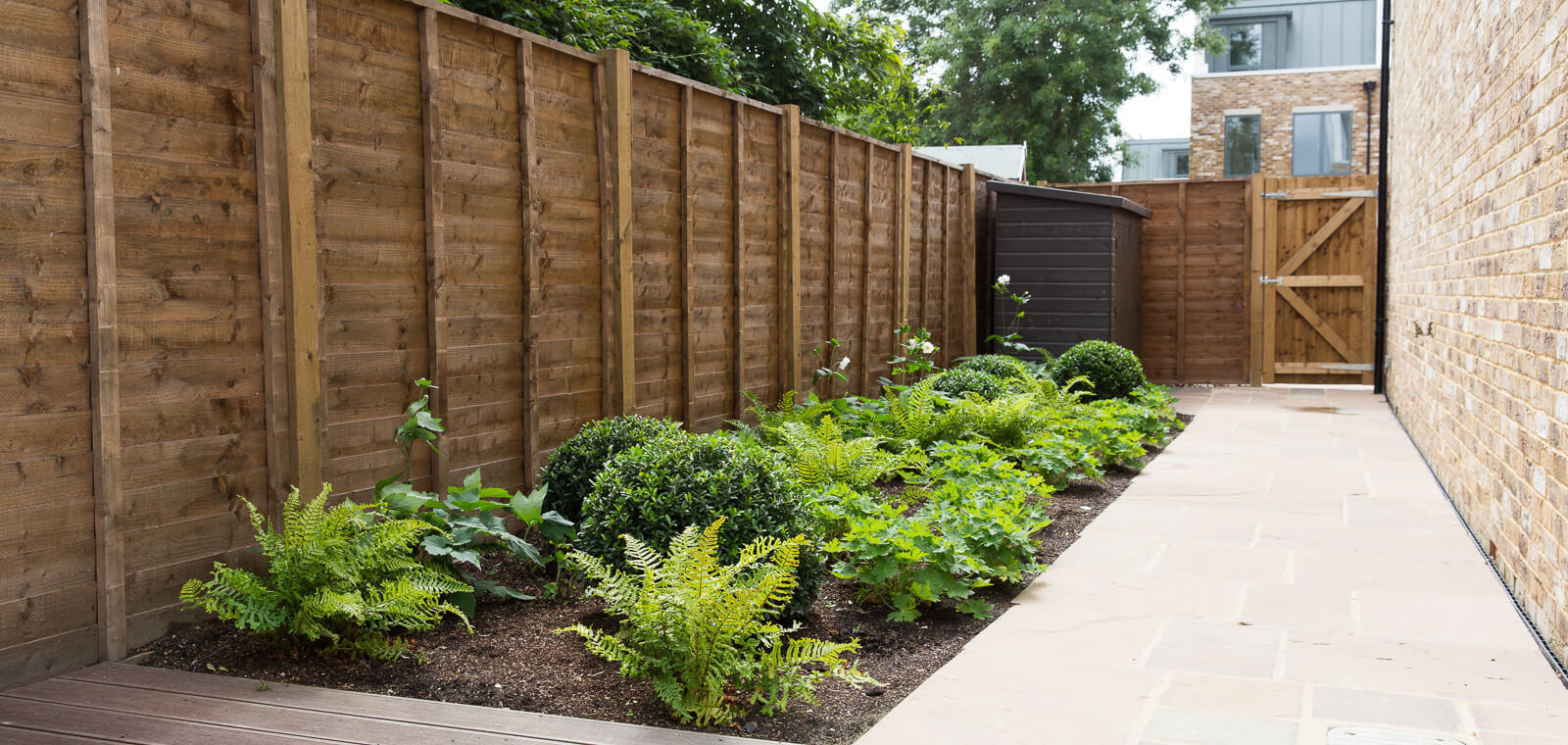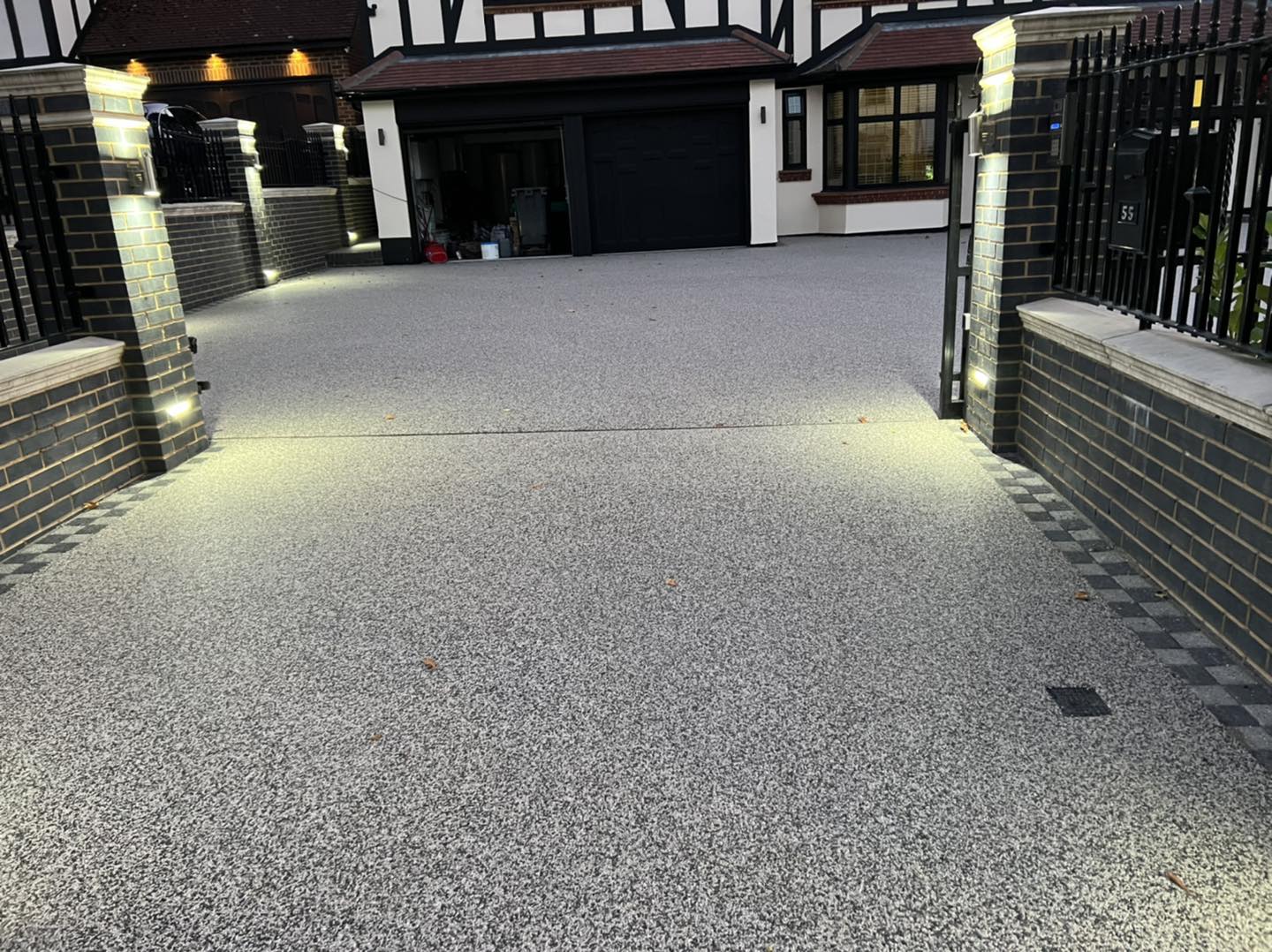Now that you know the signs, let’s explore the most effective drainage solutions to combat waterlogging and improve the health of your garden:
1. Improve Your Soil Structure
Improving the soil is the first and most natural way to improve drainage for garden. Heavy clay soils are the most prone to waterlogging, but adding organic material can significantly enhance their drainage properties.
- Compost: Mixing compost into your soil will improve its structure, help retain moisture without becoming soggy, and provide nutrients.
- Organic Matter: Well-rotted manure, leaf mulch, or other organic materials also help break up heavy soil and improve water flow.
- Sand and Perlite: For sandy soils, adding organic material helps retain water. For clay-heavy soils, sand and perlite improve water movement.
Tip: Always aim for a balanced mix of soil that isn’t too sandy or too clay-heavy for the best drainage.
2. Install French Drains
French drains are a popular and effective solution to redirect water away from areas where it accumulates. A French drain is a trench filled with gravel, and a perforated pipe runs through it to carry excess water away.
- How It Works: The trench is filled with gravel, allowing water to flow into the perforated pipe, which then carries it away to a designated drainage area or stormwater system.
- Best for: Areas with waterlogged patches or poor soil drainage.
Tip: Make sure the trench slopes away from garden beds to direct water where you want it.
3. Build Raised Garden Beds
Raised garden beds are one of the most straightforward ways to manage drainage, particularly in areas with heavy clay soils. By elevating the soil above ground level, you allow excess water to drain away from the roots more effectively.
- How It Works: Raised beds are built above the surrounding soil, and you can amend the soil within them to suit your drainage needs.
- Benefits: Raised beds provide better drainage, prevent waterlogging, and are easier to maintain, especially for people with mobility issues.
Tip: Use well-draining soil and ensure your raised beds are placed in areas with good natural slope for even water distribution.
4. Install Surface Drains
Surface drains capture water from garden beds and redirect it to a drainage system or another part of the garden. These are useful in areas where water tends to pool on the surface.
- How It Works: Surface drains are installed with a catch basin or grate, which collects water from the soil surface and directs it into a pipe that carries the water away from the garden.
- Best for: Low-lying areas, patios, or places where water tends to collect on the surface.
Tip: Ensure surface drains are placed at the lowest points of your garden and channel water effectively.
5. Use Soakaway Pits
A soakaway pit collects water and allows it to slowly filter into the soil. These are ideal for areas where water runoff cannot be redirected, and you need to absorb the water on-site.
- How It Works: A soakaway pit is an underground structure, typically filled with gravel or rubble, that collects water from surface drains, gutters, or downspouts. The water seeps into the ground gradually.
- Best for: Gardens with excess surface water that needs to be absorbed by the soil.
Tip: The pit should be at least 10 feet away from structures like walls or foundations to avoid water damage.
6. Improve Grading and Slope
Proper grading ensures that water flows away from garden beds and structures, preventing standing water and ensuring your plants are well-drained.
- How It Works: Create a gentle slope in your garden, grading the soil so that water moves away from plant beds and structures.
- Best for: Flat gardens or gardens with areas prone to pooling water.
Tip: A slope of about 2% (about 1-2 inches per 10 feet) should be enough to direct water away from sensitive areas.
7. Install Gutter and Downspout Systems
Effective gutter and downspout systems help direct water from the roof away from your garden. This prevents water from running off the roof and pooling near plant roots.
- How It Works: Gutters collect water from your roof, and downspouts direct it away from the foundation and garden beds.
- Best for: Gardens located near houses or structures that collect rainwater.
Tip: Keep gutters clean and well-maintained to prevent blockages that can cause water overflow.

8. Consider a Sump Pump System
In areas where flooding is frequent or where water accumulation is severe, a sump pump can help pump excess water away from your garden and into an appropriate drainage system.
- How It Works: A sump pit collects water at the lowest point of the garden, and the sump pump pushes the water away through a pipe.
- Best for: Flood-prone or extremely waterlogged areas.
Tip: A battery-powered sump pump is recommended to prevent failure during power outages.
Additional Tips for Garden Drainage Success
- Mulch: Applying a layer of mulch around plants helps retain moisture in the soil and regulates temperature. It also prevents surface runoff.
- Watering Practices: Avoid overwatering your garden. Water deeply but infrequently, and use methods like drip irrigation or soaker hoses for efficient water delivery.
- Plant Selection: Choose plants that are suited to your soil and drainage conditions. Some plants thrive in wetter conditions, while others prefer drier, well-drained soil.
Conclusion
Good drainage is essential for a healthy garden. With the right strategies, such as improving soil structure, installing French drains, building raised beds, and using soakaway pits, you can prevent waterlogging and create a thriving garden environment. Whether you’re dealing with heavy clay soil, low-lying areas, or frequent rain, these drainage solutions will help your plants flourish year-round.
By taking action to address drainage issues, you’ll ensure your plants have the best environment to grow and thrive, no matter the weather conditions.



